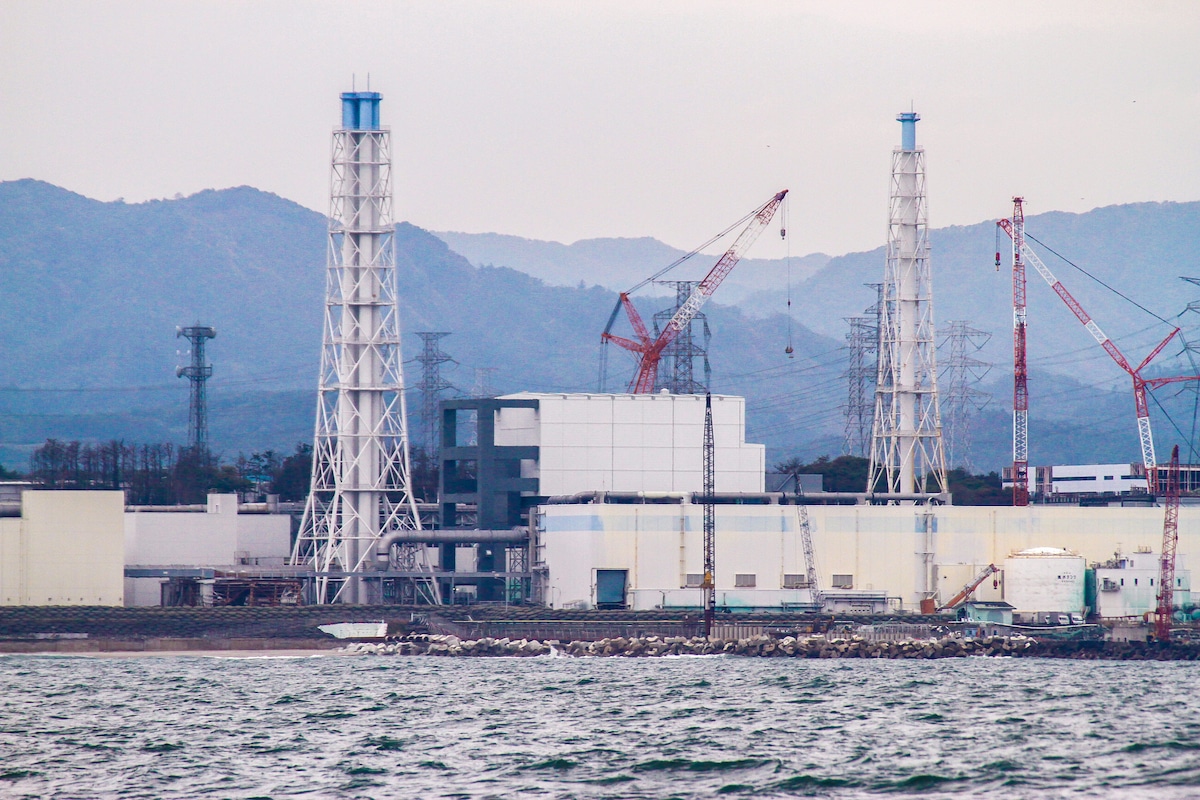Japan Plans to Extend Nuclear Reactor Lifespans, in Major Energy Policy Shift

 Why you can trust us
Why you can trust us
Founded in 2005 as an Ohio-based environmental newspaper, EcoWatch is a digital platform dedicated to publishing quality, science-based content on environmental issues, causes, and solutions.
In a major shift on nuclear policy, Japan has adopted a plan to extend the lifespan of its nuclear reactors. With worldwide fuel shortages and skyrocketing gas prices, as well as the need to reduce its greenhouse gas emissions, the country also has plans to replace old reactors and construct new ones.
It is a significant change for a country that had planned to gradually eliminate nuclear power after 2011’s Fukushima Daiichi Nuclear Power Plant disaster.
The rising cost of power, along with fear of blackouts in Tokyo, have the public rethinking the restarting of its reactors, the Financial Times reported. The 10-year roadmap for Japan’s revised nuclear policy put together by a governmental advisory panel would speed up the restarting of the country’s current nuclear reactors, as well as lengthen the lifespan of its existing nuclear reactors past 60 years. It would also develop advanced nuclear reactors.
“There is a risk of an energy crisis for the first time since the 1973 oil crisis in the face of a severely tense situation,” the panel’s roadmap said, referring to the worldwide increase in energy prices that came as a result of Russia’s invasion of Ukraine, as reported by the Financial Times. “We recognised once again the fragility of our country’s energy supplies, which poses a challenge to our energy security.”
Following the Fukushima Daiichi disaster — when an earthquake followed by a tsunami disabled the plant’s power supply and cooling system — two of Japan’s nuclear reactors were restarted, in August and October of 2015, with eight others having been restarted since, the World Nuclear Association reported.
Before Fukushima, about one-third of Japan’s energy needs were supplied by 54 nuclear reactors, reported the Financial Times. Currently, nine of the reactors are running, which has led the country to rely on more natural gas, coal and fuel oil. Japan has committed to net zero carbon emissions by 2050.
Since Fukushima, the Japanese government has set a goal for nuclear power to comprise 20 to 22 percent of the country’s energy supply by 2030, The Associated Press reported. However, after the 2011 disaster safety standards became more stringent. Of the 27 reactor restarts applied for by utility companies in the past 10 years, only ten have returned to operation.
Under a new plan drafted by the Economy and Industry Ministry and endorsed by Japan’s Nuclear Regulation Authority, extensions would be permitted each decade for reactors that have been in operation for 30 years, with periods when a reactor was offline able to be subtracted from its operational life.
The new rules for safety inspections haven’t yet been approved by Parliament.
Professor of economics and energy expert at the International University of Japan Takeo Kikkawa expressed doubts about the continued use of old reactors, saying that the new policy would allow utility operators to continue using outdated equipment instead of investing in current innovations or renewable energy.
“Naturally, we should aim for newer technology and use it safely. Therefore, extending reactors’ lifespans is an undesirable move,” Kikkawa said, as reported by the Associated Press.
Most of Japan’s nuclear reactors are more than three decades old, with four that have been in operation for more than four decades having gotten permission to continue operations. One of the 40-year-old reactors is currently online.
Less than seven percent of Japan’s power is currently being supplied by atomic energy. About 27 reactors will be needed to reach the government’s goal of 20 to 22 percent nuclear power by 2030.
“To achieve carbon neutrality for 2050, now is the last chance to get the stalled nuclear policy finally moving,” said Kikkawa, as the Financial Times reported.
Subscribe to get exclusive updates in our daily newsletter!
By signing up, you agree to the Terms of Use and Privacy Policy & to receive electronic communications from EcoWatch Media Group, which may include marketing promotions, advertisements and sponsored content.

 233k
233k  41k
41k  Subscribe
Subscribe 




